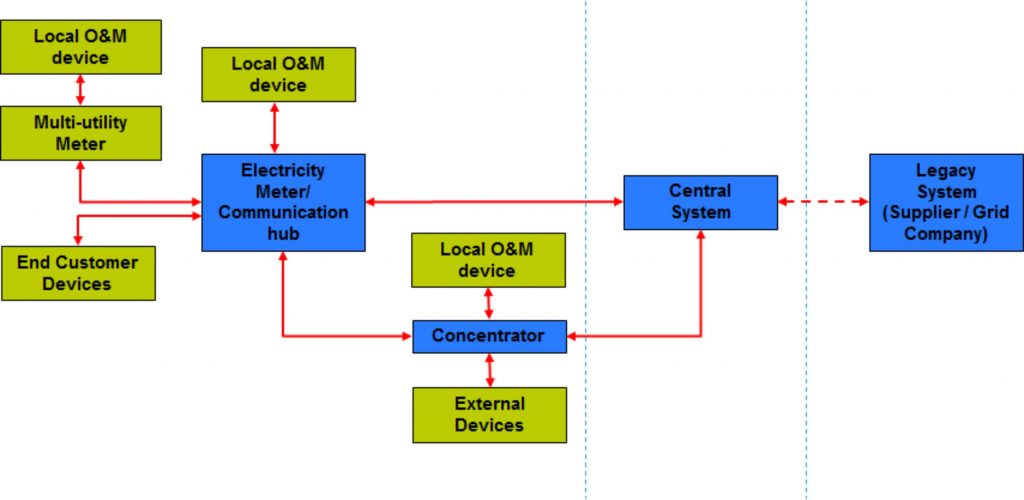
Apart being approved and recognized as open standards, all above selected PLC technologies are defined, maintained, evolved and promoted by large Industrial Alliances or Associations, whose members are key stakeholders in the smart grid ecosystem, including utility companies, equipment and semiconductor manufacturers, system integrators and IT vendors. Common targets of each Alliance/Association are specification revisions and enhancements, in alignment with international standard bodies (CEN, CENELEC, IEC, ITU), with the additional fundamental mission to define compliance and certification procedures to guaranteed multi-vendors interoperable certified products.
Actually, all these PLC standards are already evolving by including new functional requirements, new application profiles or new bands allocation to better meet worldwide smart grid evolving market requirements. Being open standards and having consolidated interoperability and certification procedures are fundamental requirements for smart metering communication technologies, but still this is not enough to ensure technically successful and economically viable roll-outs. Most important, the selected communication standards must be massively proven on real field networks, which topology, noise, attenuation and quality conditions strongly differ from country to country and even inside a given country from area to area. Adopting flexible requirements and allowing the possibility to select and change among different standards according to specific local requirements and field conditions dramatically reduce the risk of poor field performances and waste of money.
Most important, the selected communication standards must be massively proven on real field networks, which topology, noise, attenuation and quality conditions strongly differ from country to country and even inside a given country from area to area. Adopting flexible requirements and allowing the possibility to select and change among different standards according to specific local requirements and field conditions dramatically reduce the risk of poor field performances and waste of money.
This flexible approach in requirements choice should also increase technology competition, so reducing technology cost and enabling future evolutions without affecting products interoperability and interchangeability, thanks to multi-vendors certified products availability in the market. The process that brings from the protocol specification concept to successful adoption in smart metering massive rollouts, passing through the definition of open and public standards and interoperability and certification procedures, is a complex and high demanding path which usually takes several years to be completed.
On this perspective, the three PLC technologies selected by “OPEN meter” project are even the ones at the highest stage of maturity, with “Meters and More” and “PRIME” already in massive roll-out phase with respectively more than 40 million and 5 million installations on field and “G3-PLC” having started important field pilot tests in preparation of next extensive rollouts. Meantime other PLC technologies are also emerging, such as “IEEE 1901.2” which protocol stack has been already defined, waiting for interoperability and certification procedures to be planned.








